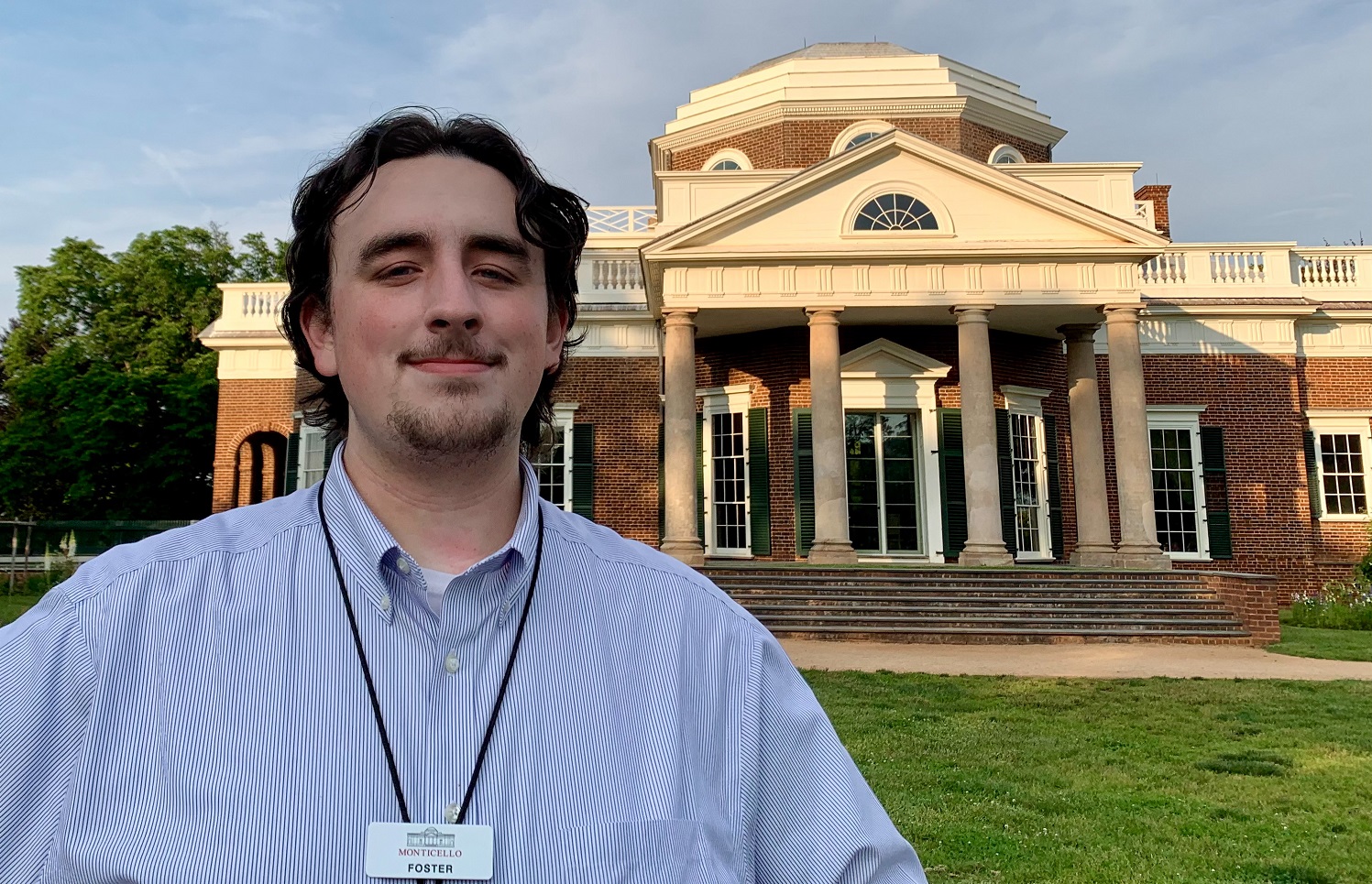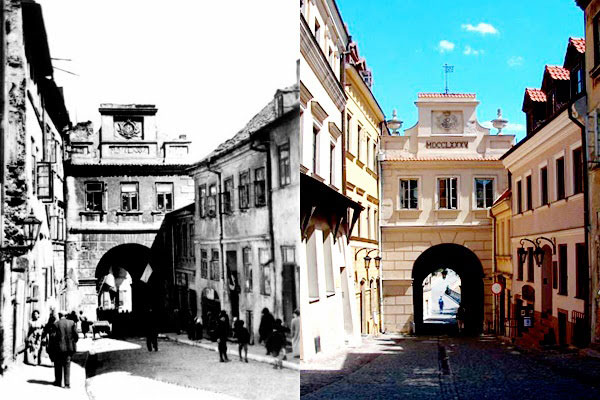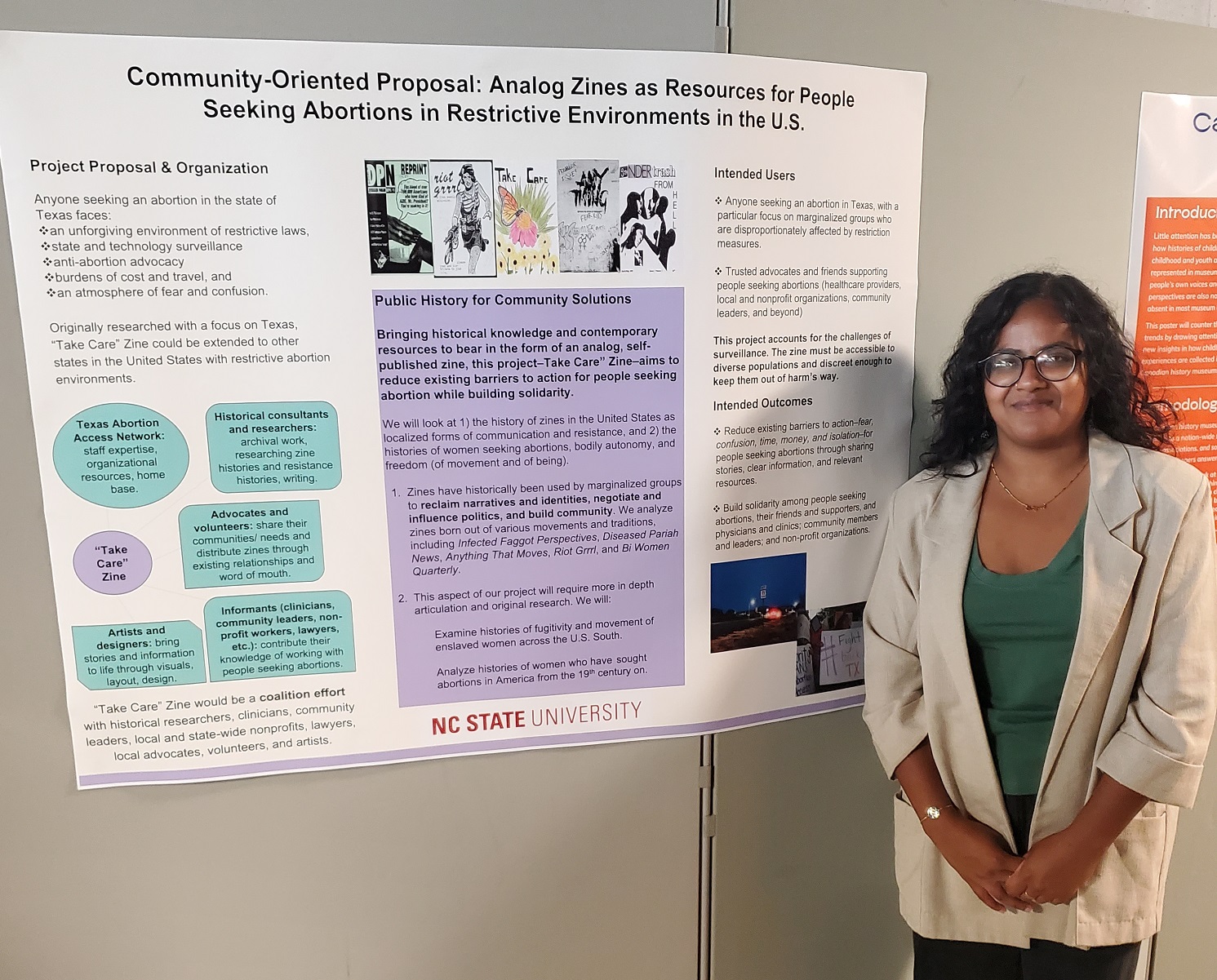Consent and Coercion in the Central Piedmont of North Carolina during the Civil War Era
In recent years the study of Civil War loyalty has gained considerable scholarly attention. Most of these studies demonstrate that many in the North and South struggled to balance conflicting loyalties between nation, state, family, religion, and self-interest throughout the war. This thesis finds that while all of these factors contributed to dissent, an underlying element that created dissent and disloyalty during the Civil War era was the belief that the government was violating the principles of proper republican rule. This study focuses on white North Carolinians living in a small region in the piedmont of North Carolina that was known as a hotbed of Unionist sentiment during the Civil War. The study uses newspapers, correspondence, political speeches, and testimony from the Southern Claims Commission to analyze how these white North Carolinians rationalized their positions. White North Carolinians from the secession crisis, through the Civil War, and into Reconstruction consistently criticized the both the Union and the Confederate governments for abusing their power. They concentrated their criticism on the ideas of consent and coercion by claiming that the government was not relying on the consent of the governed and was also using coercive policies against its own residents. White North Carolinians in the piedmont resisted the perceived imposition of illegitimate government power by advocating a truly republican form of government. The rationale that the government was failing to represent the will and the good of the people was central to shaping disloyalty during the Civil War era. Nevertheless, as the threat of racial equality grew in the late war years and the Reconstruction period, many of these white North Carolinians shifted their efforts from a fight for government by consent to promote government based on white supremacy.
King, Stefanie Alyson. “Consent and Coercion in the Central Piedmont of North Carolina during the Civil War Era.” (Under the direction of Dr. Susanna Lee.)
- Categories:


